Creating a gorilla sketch allows you to capture the majestic presence of these powerful animals. Their muscular build and expressive faces make for an engaging artistic challenge.
When sketching a gorilla, focus on their distinct features like the broad chest and prominent brow ridge. These characteristics help convey their strength and intelligence.
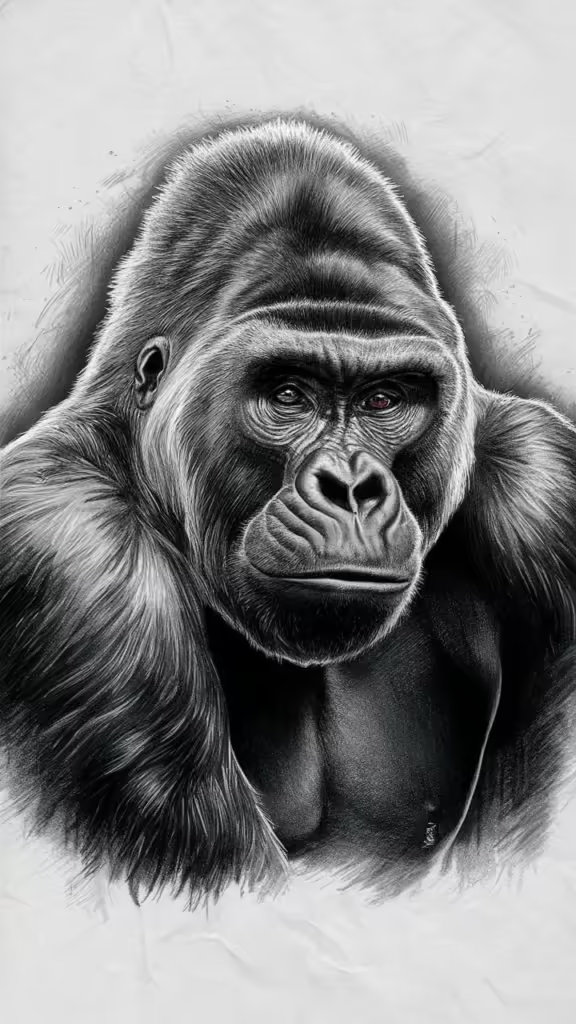
Observing photos of gorillas can provide valuable reference points for your sketches. Notice the texture of their fur and the different shades of gray and black.
Pay attention to the way light and shadow play on a gorilla’s body. This will help you add depth and realism to your artwork.
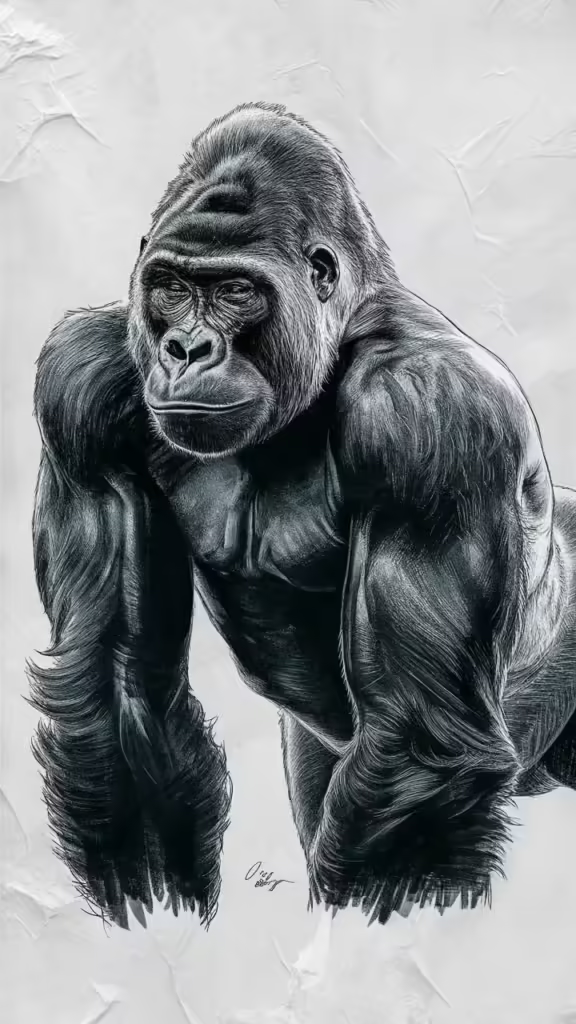
A good gorilla sketch starts with understanding their anatomy. Study their skeletal structure to get proportions right.
Gorillas have long arms and a slightly hunched posture, which should be reflected in your drawing. Capturing these details makes your sketch more accurate.
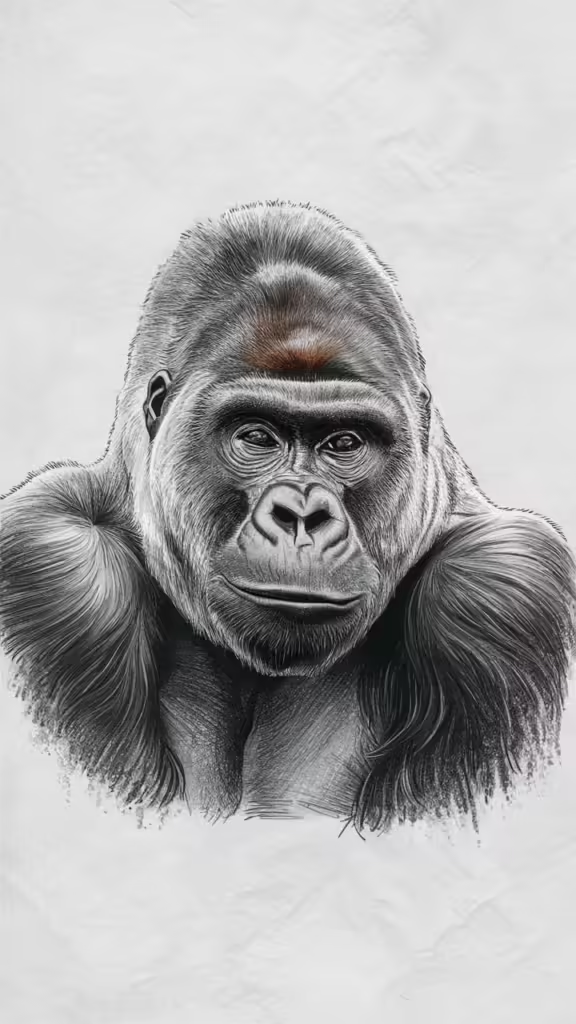
Focus on the eyes when sketching a gorilla, as they are very expressive. The deep-set eyes can convey a range of emotions from curiosity to calmness.
Adding fine lines around the eyes can enhance the realistic appearance of your sketch. These lines can indicate age and experience.
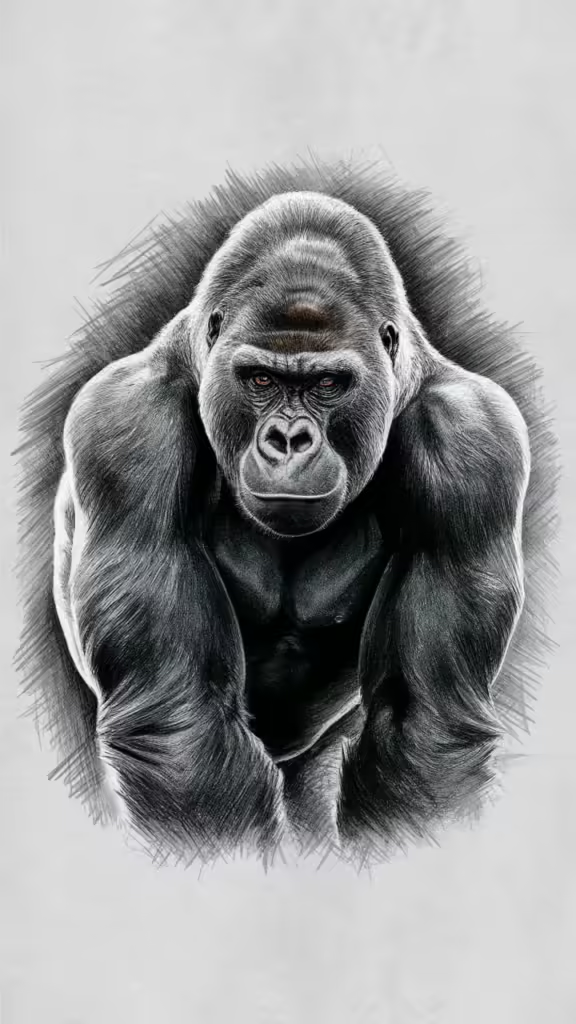
Gorillas have unique facial features that set them apart from other primates. Their noses are flat with wide nostrils, and their mouths can be quite expressive.
Sketching the mouth and nose accurately can give your drawing a lifelike quality. Pay attention to the subtle curves and lines that define these areas.
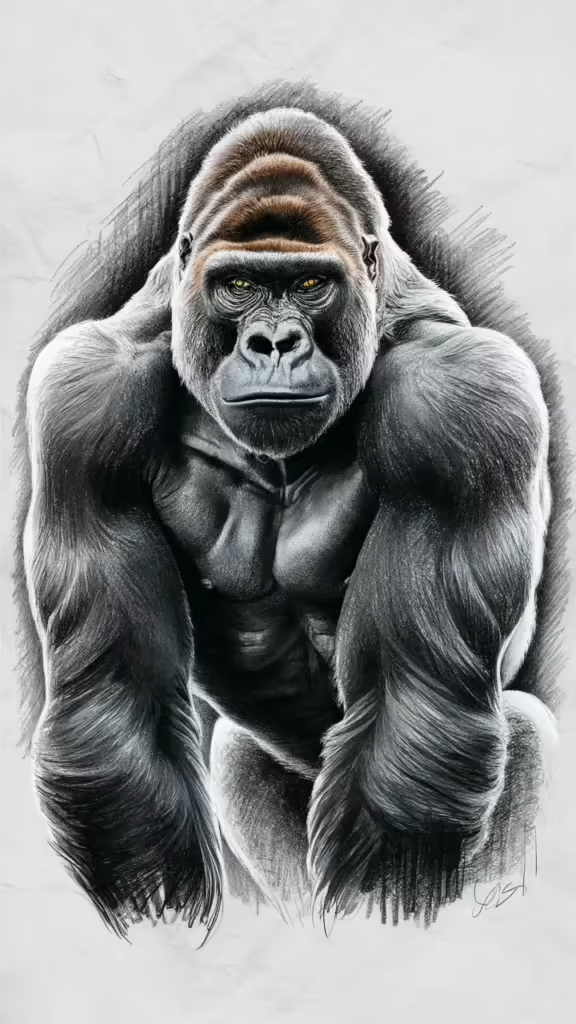
The hands and feet of gorillas are incredibly detailed and expressive. They have large, powerful hands with long fingers.
Capturing the detail in their hands can add a significant level of realism to your sketch. Notice how they use their hands for different activities like climbing or foraging.

When sketching a gorilla, it’s essential to capture their fur texture. Use short, quick strokes to mimic the look of their dense hair.
Different parts of the gorilla’s body have varying fur lengths. Observing these variations can help make your sketch more realistic.
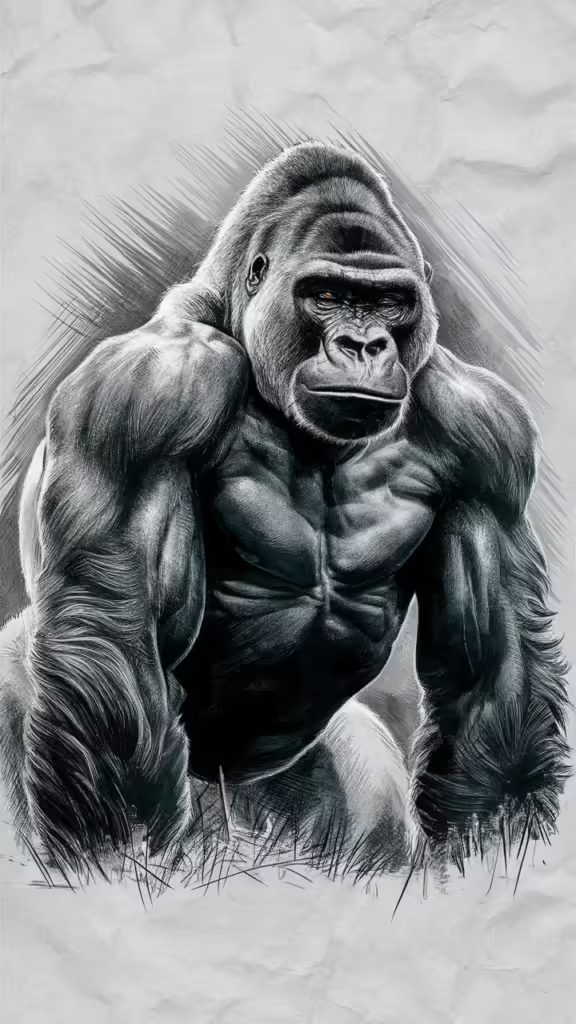
Gorilla sketches can benefit from a dynamic pose. Drawing them in action, like climbing or sitting thoughtfully, adds interest to your artwork.
Consider the movement and balance when sketching these poses. This helps in making the sketch look alive and engaging.
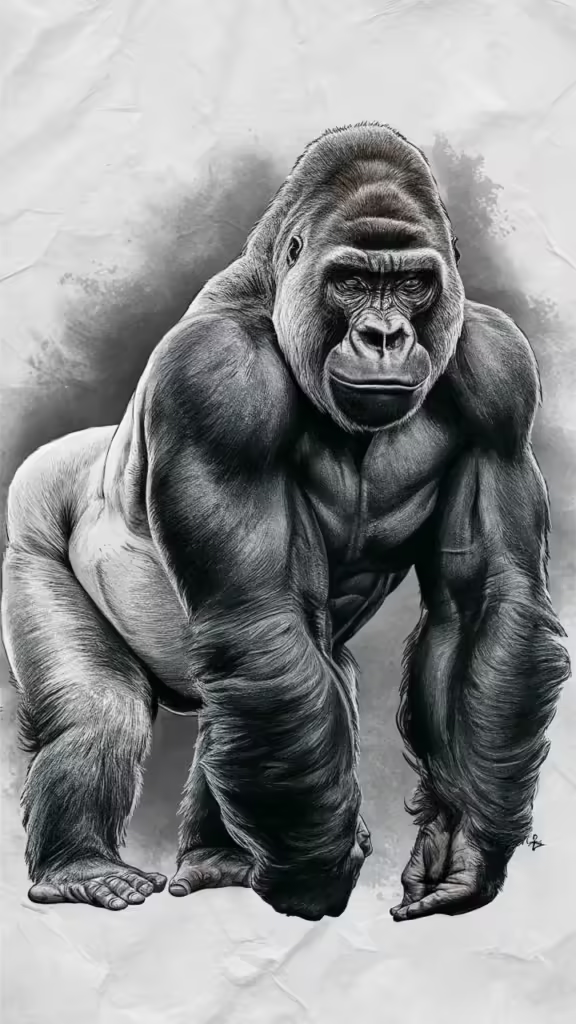
Background elements can enhance your gorilla sketch. Adding a jungle setting or other natural elements can contextualize the subject.
Simple background details, like leaves or branches, can make your sketch more immersive. It gives a sense of the gorilla’s natural habitat.
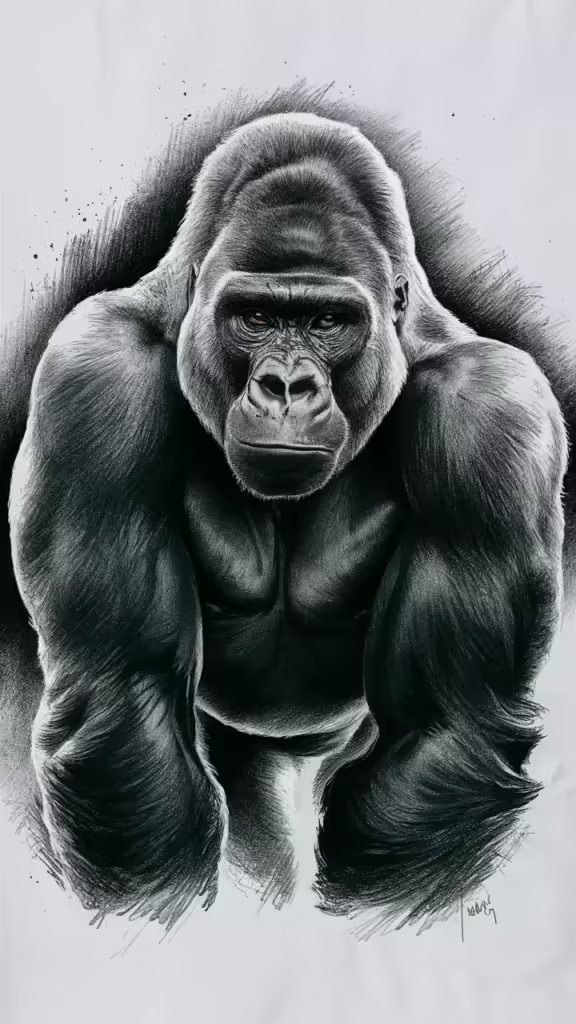
Using a range of shading techniques can add depth to your gorilla sketch. Experiment with cross-hatching or stippling to create different textures.
Shading helps to define the volume and form of the gorilla’s body. It brings your sketch from a flat image to a more three-dimensional representation.
